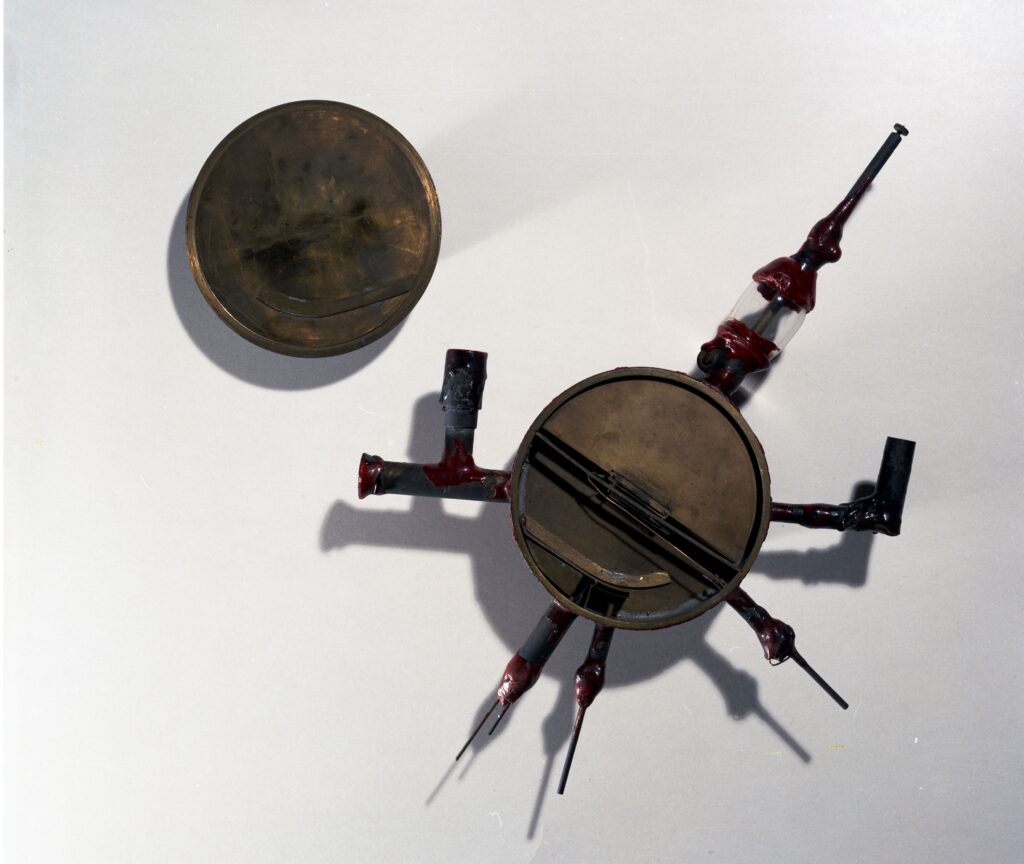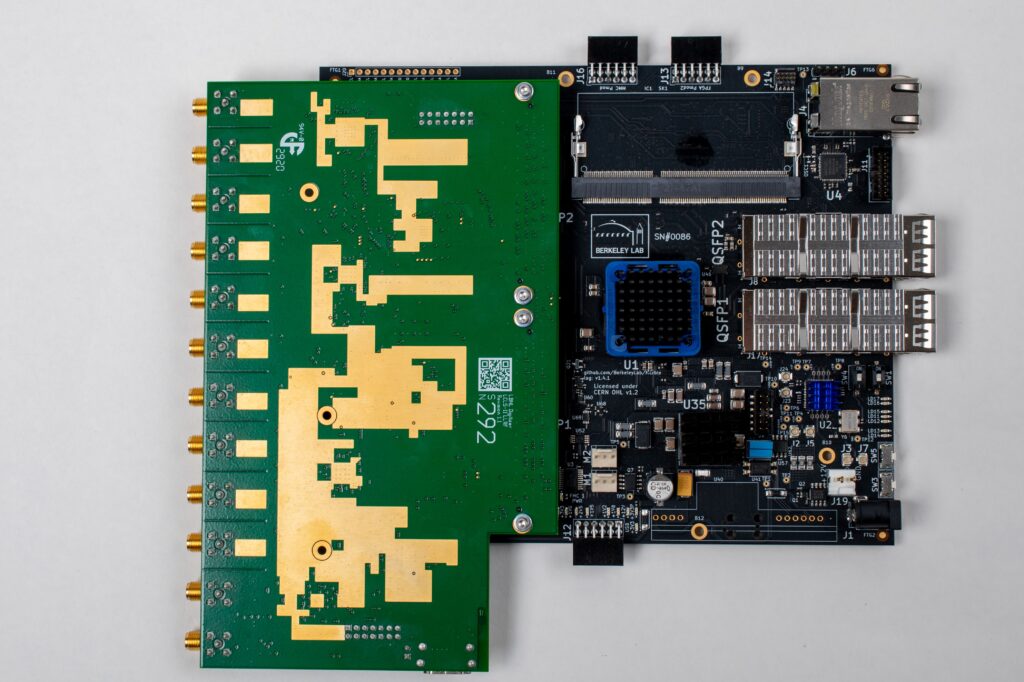
From its earliest days, Berkeley Lab has relied on photography to support scientific research, serving as an important record of the Lab’s history and progress. High-quality images showing important technical details help researchers document complex equipment, share ideas, and teach others. We call these specific types of photos technical photos, and while they are not as frequently requested as they were in the pre-mobile phone camera era, they are still a vital resource at the Lab.

The 4″ Cyclotron, photographed 06/05/1964.
One recent example of this style of photography at the Lab was for electronics engineer Keith Penney from the Advanced Technology Group (formerly Accelerator Technology Group).
The Marble FPGA FMC carrier board is a general-purpose platform developed by a small team of engineers at Berkeley Lab, along with contractor Michał Gąska, whose PCB schematic entry and layout were an essential part of the project. It’s used in labs like ALS and ALS-U as well as collaborator facilities like the LCLS-II at SLAC and PIP-II at Fermilab. The team created the hardware, building on a foundation from previous generations of FPGA FMC carrier boards developed outside the labs. The Marble platform is intended as a primary hardware target for the Bedrock codebase and is named after the stone because it is easy to carve—just like their platform is flexible and easy to work with.
The team is committed to open-source development and wants others to be able to use Marble freely. That means they need clear documentation, including images that help users understand how to set up and work with the hardware.
At first, the ATG engineering team tried taking their own photos using their phones, but the results weren’t good enough. There were problems with reflections, glare from the flash, and not being able to show fine details.
Keith knew the Lab had professional photographers, so he worked with Thor Swift to set up a professional photo shoot. Thor took high-resolution and professionally lit pictures of the Marble boards from multiple angles, all on a seamless white background. This ensured that the image detail was consistent and could be zoomed in on, which is helpful for people trying to understand the board’s layout or follow instructions. The simple, clear images now appear in user guides, test guides, and even on the front page of the GitHub repository.
“The final photos were exactly what we needed,” said Keith Penney. “They were crisp, well-lit, and showed the board in detail from every angle. It was so much easier than trying to do it ourselves—and the results were far better than anything I could’ve taken on my phone.”
The new photos help show how the Marble platform works and why it was built in-house instead of using commercial options. With professional photography, the team saved time and avoided the frustration of trying to do it all themselves. The cost was about the same, but the results were much better.

Having a folder full of well-lit, sharp, and properly framed images means the ATG and collaborators are ready for future presentations, trainings, and updates. It’s a small step that made a big difference in how they share their work with others as well as a reminder that at Berkeley Lab, telling the story of science often starts with a picture.

